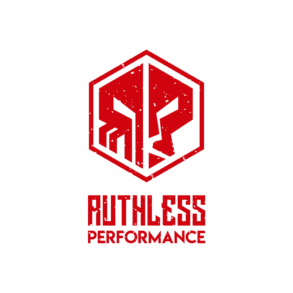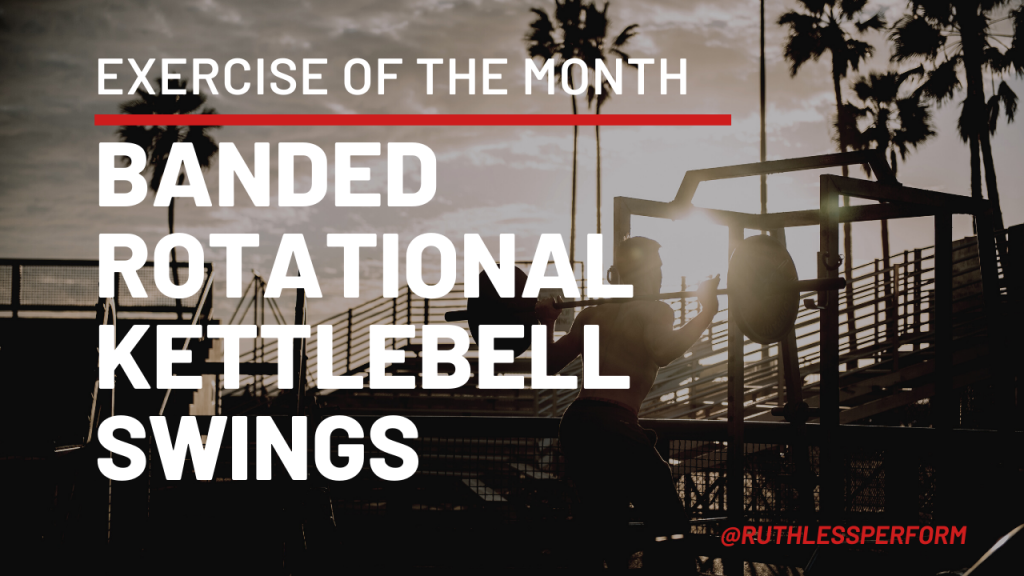With the shutdown drastically reducing everyone’s access to gym equipment, I’ve been reverting to some older favorites that were up until now, lost to the endless possibilities found within the comfortable settings of well-equipped gyms. In both my own training and in my clients’ training, I’ve had to go back to some older training strategies both fit the equipment available to individuals plus the needs of the athlete.
Most advanced training techniques need to be slowly integrated into an athlete’s program and may take years to craft. With the absence of previously accessible equipment, another variable comes into question.
So in any instance, the training technique in question needs to match both the needs of the individual as well as equipment at hand. What is a truly strenuous exercise that matches the rotational needs of my athletes, force production and transfer from the lower extremities, and can be done in the absence of specialty equipment typically found at gyms?
Enter the Banded Rotational Kettlebell Swing…
In this set up, I’m using a 20 kg kettlebell, though this exercise requires plenty of technique reinforcement that can be achieved easily with a lighter weighted kettlebell that one might have lying around at home. The band is a mini-band from Westside Barbell that you can purchase for less than $10. The mini-band is always a must-have for its many other uses like band pull-aparts, side-lying clams, overload on presses, and more.
This exercise is a great choice for athletes looking to maintain or build rotational force, particularly at the hips. Because of this I advocate for this exercise in golfers, baseball players, and even swimmers.
Another benefit of the Banded Rotational Kettlebell Swing is the simple act of training outside of the sagittal plane. A great many sports injuries can be prevented through more deliberate training outside of the sagittal plane. The reasons for this are long enough to fill a book, but particularly because of the underdeveloped nature of ‘stabilizer’ muscles usually neglected from traditional ‘vanity’ / bodybuilding / body part training.
The Set Up
You’ll want to start on the side of caution with weight selection. Consider a weight that you might use for a single-handed swing as a guide, but add or subtract as needed.
Then, anchor the bell to the bottom of an upright, squatting rack, etc.–just make sure its a solid anchor and set mid-shin height or below.
For the stance, you’ll want to use a split stance with the rear foot just in front of the anchor set point. The distance from the anchor will be determined by your ability to handle the end-range tension as it stretches.
These should be used in conjunction with lower body or ‘core’ training and done, at least initially, in short sets of 6-10 reps.
You should be able to comfortably manage a weight for 10 reps before moving up in weight. Remember, one of the primary uses of this exercise is force development. Make sure you’re moving fast before moving more.


Pingback: Featured Fitness Content: Volume 64 – Ruthless Performance